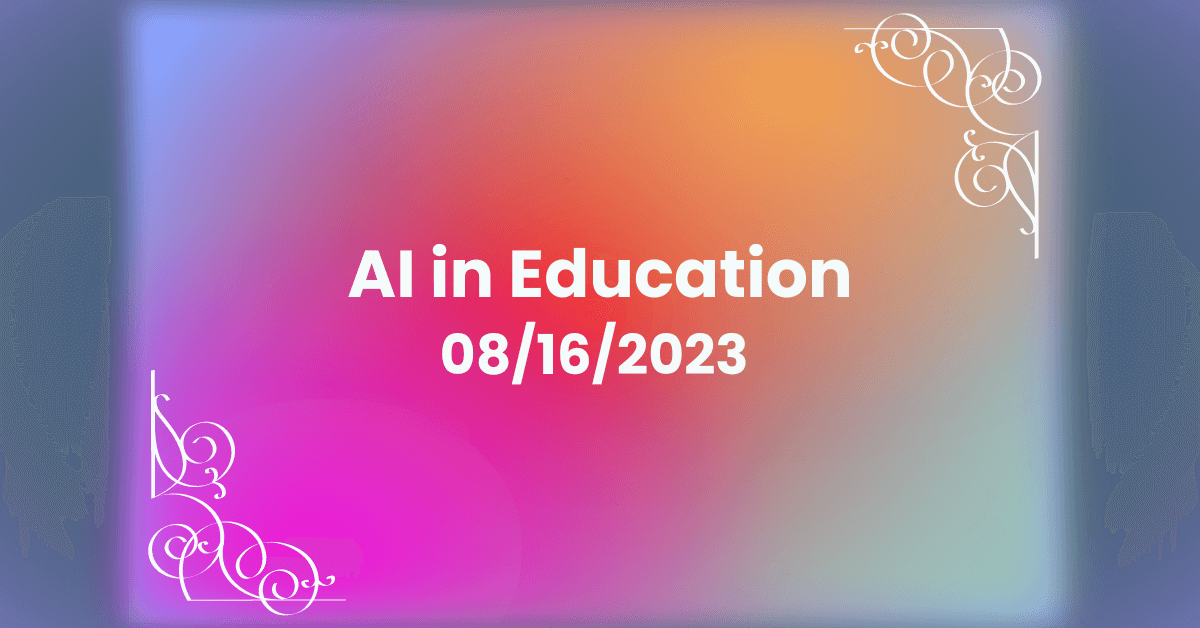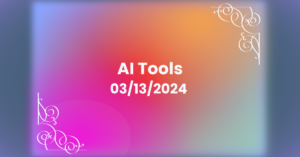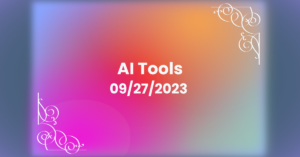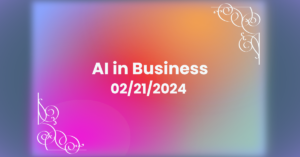The Use of AI in Education
The use of AI in education has gained traction, with 60% of teachers utilizing AI-powered tools like ChatGPT to enhance their teaching efficiency, according to a recent Walton Family Foundation survey. While AI holds potential, concerns exist regarding its accuracy, biases, and data privacy issues. Nevertheless, educators are leveraging AI to streamline various aspects of their work.
April Edwards, a 6th-grade social studies teacher from Texas, has integrated AI into her teaching process. Using the AI assistant “Magic Write” within Canva, she plans lessons, creates presentations, writes emails, and develops checklists. The AI generates lesson plans and email templates with ease, allowing her to modify specific details. While Edwards sees AI as a valuable resource, she emphasizes responsible usage and doesn’t foresee it replacing the role of teachers entirely.
Mike Kerr, a high school English-learner teacher in Tennessee, employs ChatGPT to help students navigate complex reading assignments. He uses AI to summarize literary works and answer questions, aiding English learners in comprehending challenging texts. Kerr’s approach combines AI-generated insights with his guidance, relieving students’ anxieties and fostering better understanding.
Dyane Smokorowski, the digital literacy and citizenship coordinator for Wichita Public Schools in Kansas, envisions integrating AI feedback into student work through learning management systems like Google Classroom or Canvas. Teachers would input feedback requests into ChatGPT, which generates responses for review before being passed back to students. This approach aims to streamline feedback processes, allowing teachers to allocate more time to writing assignments and engaging instruction. Moreover, ChatGPT helps Smokorowski personalize lesson plans by generating content that aligns with students’ interests and learning needs.
While AI offers practical solutions for educators, some caution against its excessive use, advocating for a balanced integration that maintains the irreplaceable qualities of human teaching.
Further Reading
- How Teachers Should Approach the Age of AI – The crucial back-to-school questions around student use of artificial intelligence – Education Week
- AI in Education – The leap into a new era of machine intelligence carries risks and challenges, but also plenty of promise – Education Next
- AI Competition is Vehicle for Hands-On Learning – High school innovators construct self-driving race cars in cutting-edge Syracuse University STEM education program. – Syracuse University







